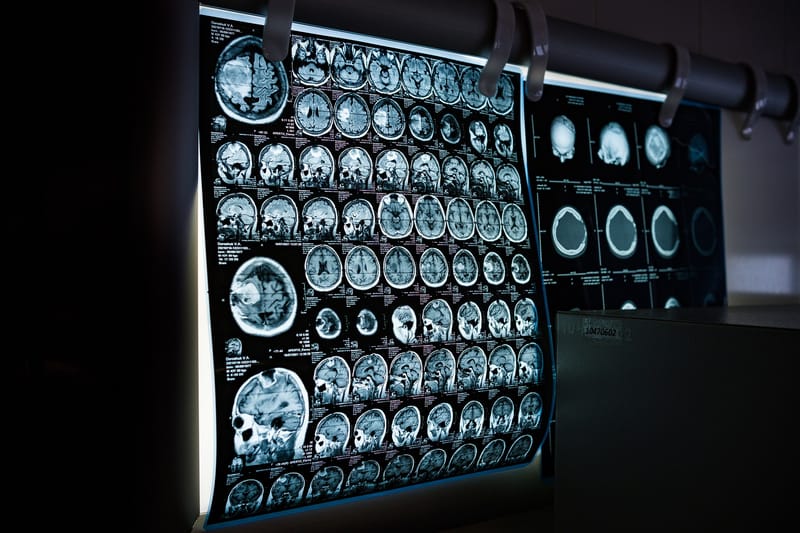HEALTHCARE

Healthcare IT solutions
Citrix solutions for health IT facilitate digital transformation by granting clinicians immediate access to patient information as they move across various facilities, devices, and networks. Moreover, patient privacy is paramount in the industry, necessitating the highest standard of security.
The industry encompasses a variety of workspace needs, ranging from highly specialized imaging and diagnostic applications to general administrative workspace requirements.
Citrix Hybrid Cloud solutions enable scalable cloud migration tailored to the needs of healthcare facilities, utilizing intelligent workspace technologies.
Citrix DaaS is crafted to meet the diverse demands of healthcare organizations. It offers customized solutions for precise healthcare information management. For instance, it transforms radiology services by facilitating the pooling and sharing of expertise, knowledge, and resources not just locally, but globally. This approach moves beyond expensive, dedicated radiology workstations, providing a solution that complies with stringent data security and healthcare regulations, and allows for secure patient data access without data leaving the provider's infrastructure.
The Citrix solution involves deploying Windows-based Desktop as a Service (DaaS) workloads. These virtual desktops employ Citrix HDX technology and NVIDIA-powered servers to provide radiologists and radiographers with diagnostic-quality images and a 'like-local' experience from any location.
This example illustrates how Citrix's intelligent workspace solutions can support the healthcare industry in adapting to changes in resource access, leveraging advanced technologies such as Augmented Reality (AR), Virtual Reality (VR), the Internet of Things (IoT), and Machine Learning (ML).
However, whether it is AR to assist patients traversing through healthcare facilities, or IoT devices to capture real-time clinical data, the information gathered is delivering improved patient outcomes, it’s also creating complexity for security teams.
In addition, it's crucial that HIPAA and HITECH compliance meet audit requirements by enforcing policies that grant access to Protected Health Information (PHI) based on user context and create an audit trail.
Citrix security solutions, including Zero Trust Network Access and NetScaler, not only enhance infrastructure optimization but also add an extra layer of security. Implementing Citrix analytics for security will provide the healthcare industry with the highest level of security, enabling organizations to detect, protect, and prevent cyber breaches in real-time.
Moreover, Citrix solutions for the industry come with built-in tools for monitoring, logging, and reporting, thus fulfilling both HIPAA and HITECH requirements.
Looking at the "future of health," digitization will be crucial. Smart care, intelligent robotics use, and precision medicine will enhance patient outcomes and significantly reduce costs for both the healthcare industry and patients.
Care anywhere, through any location and device, will deliver healthcare services directly into homes via virtual care initiatives. Additionally, empowered care through living services will allow individuals to take greater responsibility for their health.
Intelligent Health Enterprises, data-driven solutions, and efficient application deployment will grant healthcare practitioners a high level of efficiency and effectiveness through real-time monitoring of patient care, diagnostics, and the ability to offer accurate recommendations before a patient enters a healthcare facility.
Therefore, in developing a digital transformation strategy, OAS gives priority to high-definition access to patient records and cybersecurity, acknowledging the right to patient privacy. It also accommodates statutory regulations, significantly reduces costs, automates day-to-day administration, and enhances accessibility.